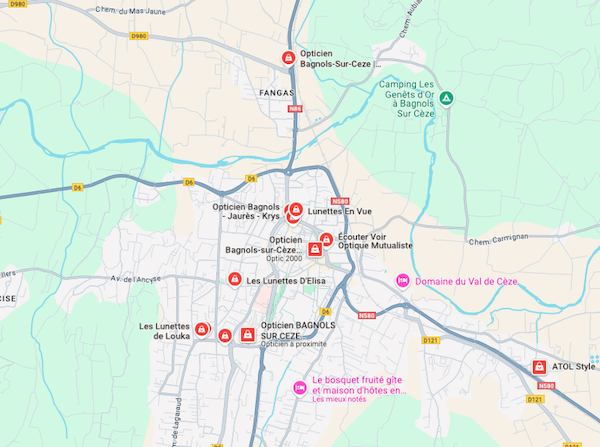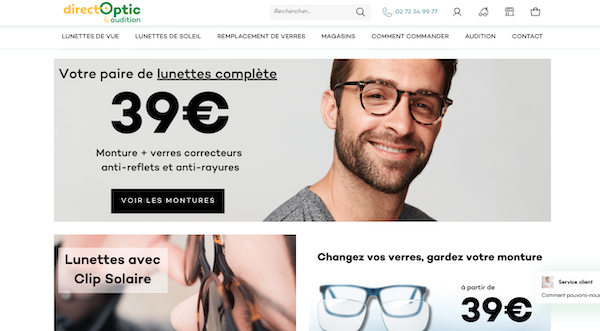Overrepresentation of opticians in France: The Challenges to Address

France is one of the countries with the highest number of optical stores per capita. With approximately 12,000 points of sale for 67 million inhabitants, the sector is characterized by an exceptional density, far higher than that observed in our European neighbors. While this profusion of opticians guarantees widespread access to vision correction equipment, it inevitably poses several economic and competitive challenges. Market saturation, pricing pressures, and changing consumer expectations are all factors to consider. Consequently, optical professionals must adapt to maintain their profitability and attractiveness.
So, what could be the impacts of this overrepresentation and what strategies can be considered for the future of the sector?
Increased competition and pressure on margins
The high number of optical retailers in France creates intense competition between market players. Many cities, even small ones, are home to several opticians vying for a clientele whose needs don't necessarily grow at the same rate as supply. This situation can lead to price wars and therefore pressure on margins, particularly for independents who must compete with large chains and online platforms.
In response to this overrepresentation of opticians, retailers are deploying various strategies, such as highlighting distinctive services (eye exams, frame customization, specialized advice, frame loans for trial, etc.) or adopting hybrid business models that integrate online sales. Some retailers are also focusing on high-end positioning, such as some boutiques that favor handcrafted eyewear and exclusive brands to attract customers looking for originality and quality.
However, for many opticians, the increase in promotions and the decline in average selling prices are weighing on profitability. The traditional business model, based on high margins on lenses and frames, is becoming increasingly difficult to maintain. This context may lead to the promotion of opticians grouping together into cooperatives or franchised networks in order to benefit from greater negotiating power with suppliers and an economy of scale strategy for marketing costs.

Changing consumer expectations and the rise of digital
While the overrepresentation of opticians in France poses a challenge for professionals, it also reflects a shift in consumer expectations. With the rise of digital technology, customers have become more demanding in terms of price transparency, speed of service, and personalized shopping experience. The rise of online comparison sites and eyewear sales platforms is forcing physical opticians to significantly adapt their sales approach.
The health crisis has also accelerated certain trends, notably the development of remote consultations and the digitalization of purchasing journeys. Some players have adapted by offering virtual fitting services, subscriptions, and even personalized in-store appointments. At the same time, some platforms like Direct Optic are making online eyewear purchases more accessible, with prices often more competitive than those charged in stores.
Faced with this shift, opticians must rethink their value proposition to retain an increasingly volatile customer base. Differentiation involves strengthening advice and personalized support, which remain major advantages of physical stores compared to pure digital players. By offering in-depth vision assessments or partnering with healthcare professionals (orthoptists, ophthalmologists), some opticians are finding ways to stand out and strengthen their credibility.

Market under pressure, profession in transformation
The overrepresentation of opticians in France poses a major challenge for the profession. While this density guarantees high accessibility to optical care, it also creates economic pressure on industry players, who are forced to reinvent themselves to survive. The rise of digital technology, new consumer habits, and the need to differentiate themselves are pushing professionals to innovate by focusing on high-value-added services and strengthening their online presence. The challenge for independent opticians will be to find their place in a changing ecosystem. Capitalizing on their expertise and proximity to customers could help them achieve this.


